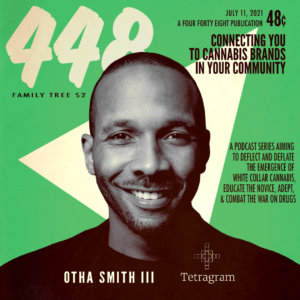Cannabis: A Critical History Pt. I


Weed, tree, bud, pressure, loud, reefer….cannabis—we all know it regardless of the name we call it. It’s green and orange… and purple and it fills the room with its pungency. We smoke, toke, chief, burn, blow, spark and fire it with our friends. But where did cannabis come from? How long have humans used cannabis? Why do so many people like it even though it’s illegal—doesn’t that make it bad? Let’s take a journey through the longstanding, symbiotic relationship between humans and cannabis.
Cannabis (hemp) is a naturally occurring flowering plant belonging to the family Cannabaceae which also includes Hops and Hackberries. This versatile family includes herbs and trees and features members that produce both bud and beer. Naturally, humans noted the makeup of the fibrous plant and the aromatic properties of the flower and began to indulge.
12,000 years of cultivation has allowed humans to elevate ourselves using cannabis for countless purposes such as non-dairy milk for the lactose-sensitive folk, industrial materials for manufacturers and even oils for spiritual beings. Humankind grew to love cannabis and cannabis grew in abundance. One can only imagine the cannabis fields growing along major waterways within the Nile River Valley and the deep Congo bush. There is, of course, a noted history of general herb cultivation on the Afrikan continent and we know the astounding biodiversity that its soil produces.
In fact, the mythical Helen of Troy received a cannabis drink said to “remove all sorrow” from a Kemetic queen called Polydamna by the Greeks. Centuries later, we can observe how the words for cannabis in Brazil (liama and diamba) resemble words for cannabis in West and South Afrika (riamba, diamba, and liamba). It is evident that humans have interacted with cannabis across time and space.
Some of the earliest physical specimens discovered of cannabis come from the central region of the Asian continent where Scynthians were found buried with burnt seeds. Through carbon-dating and other modern techniques scientists found that these samples are only about 4,000 to 5,000 years old. Most early societies used cannabis for the strong fiber of the hemp to create clothing, ropes and canvas and many left signs of cannabis use.
Long before humans began to use it, cannabis, as with most life-forms, began to produce different varieties based on location, climate, soil composition, and other ecological factors. These different, naturally occurring varieties are known as landraces. As people from all throughout the world met along popular trade routes like the Silk Road, cannabis use spread to many societies. When various landraces crossed during trade between people from different regions new strains slowly emerged.
Over time the trade that emerged from the cultivation, processing, and sales of cannabis not only stimulated the growth of new strains but also laid the basis for an unnatural atmosphere of profit and exploitation among colonizing forces. The shift of cannabis from a versatile industrial/recreational product used to keep folks warm, sheltered and shell became a part of a larger system meant to get a few wealthy at the expense of others. For more on the transition of cannabis from the universal crop of spiritual, social and industrial value to the demon-weed propagandized in reefer madness see Part II of Cannabis: A Critical History.








